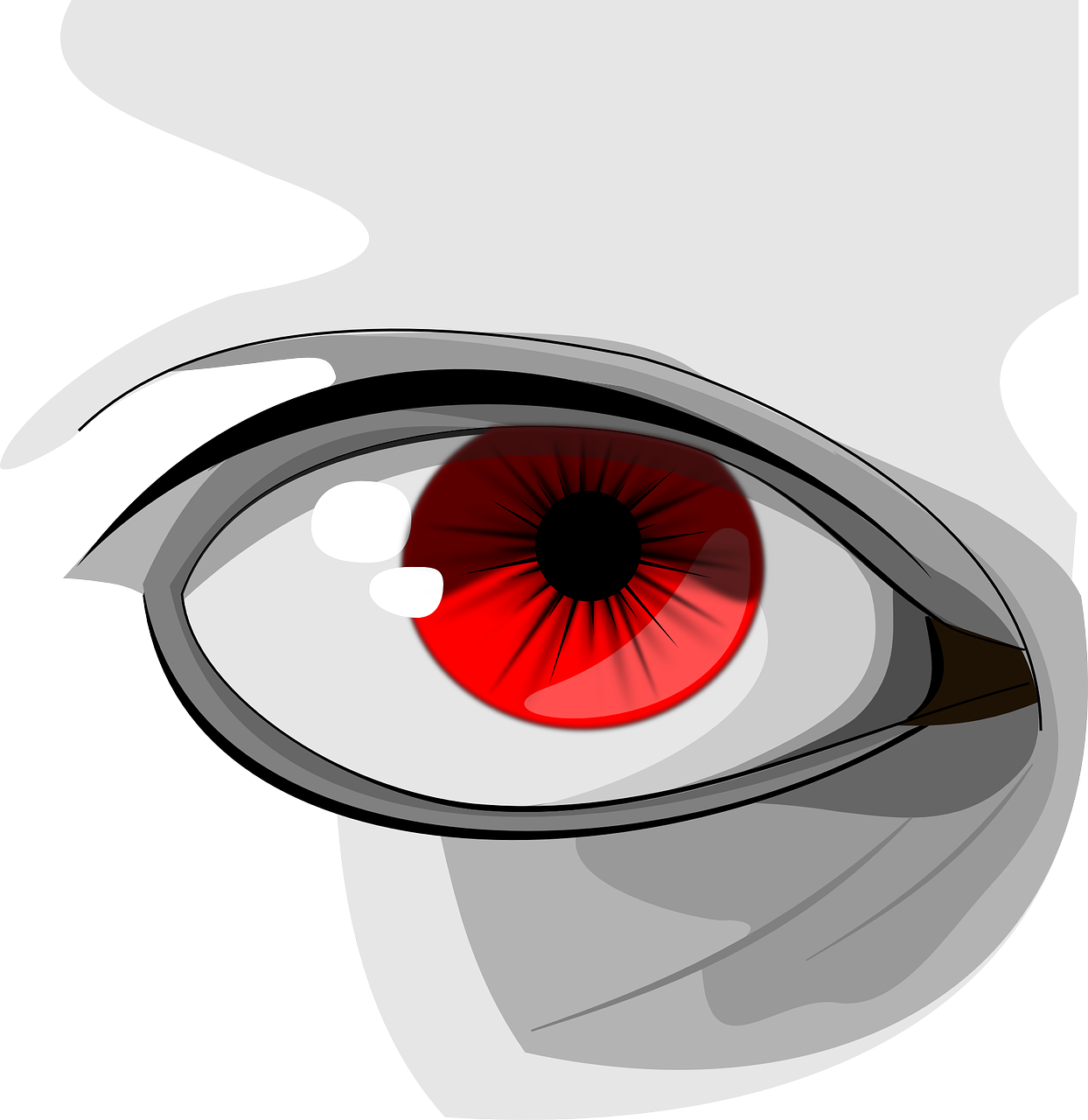
Scientists from Nanyang Technological University, Singapore (NTU Singapore) have made a breakthrough in the development of smart contact lenses by creating a flexible battery as thin as a human cornea. This battery can store electricity when immersed in a saline solution and has the potential to power smart contact lenses in the future.
Smart contact lenses are advanced lenses that can display visible information on our corneas and have various applications such as vision correction, health monitoring, and disease detection and treatment. In the future, they could even record and transmit everything a wearer sees and hears to cloud-based data storage. However, to achieve this potential, a safe and suitable battery is needed to power these lenses.
Existing rechargeable batteries use wires or induction coils that contain metal, making them unsuitable for use in the human eye as they are uncomfortable and pose risks to the user. The NTU-developed battery, on the other hand, is made of biocompatible materials and does not contain wires or toxic heavy metals found in conventional batteries.
The battery has a glucose-based coating that reacts with sodium and chloride ions in the surrounding saline solution, while the water inside the battery serves as the “wire” or “circuitry” for generating electricity. It can also be powered by human tears, which contain sodium and potassium ions at a lower concentration. In tests using a simulated tear solution, the battery’s life was extended by an additional hour for every twelve-hour wearing cycle.
Associate Professor Lee Seok Woo, who led the study, explained that their research aimed to explore whether contact lens batteries could be recharged with tears. The team developed a unique combination of enzymatic reaction and self-reduction reaction to charge both electrodes of the battery. This approach relies on glucose and water to generate electricity, making it safe for humans and less harmful to the environment compared to conventional batteries.
Dr Yun Jeonghun, a research fellow from NTU, highlighted that the battery eliminates the potential concerns of metal electrodes or induction charging, which can be harmful to the human eye. It also frees up space for further innovation in smart contact lens development.
The significance of this work was acknowledged by Associate Professor Murukeshan Vadakke Matham from NTU’s School of Mechanical & Aerospace Engineering, who specializes in biomedical and nanoscale optics. He emphasized that the battery’s compatibility with human usage, its thinness, and absence of heavy metals make it a valuable contribution to the smart contact lens industry.
The research team has filed for a patent through NTUitive, NTU’s innovation and enterprise company, and is working towards commercializing their invention. The findings were published in the scientific journal Nano Energy in June.
The team demonstrated their invention using a simulated human eye. The battery, which is about 0.5 millimeters thin, generates electrical power by reacting with basal tears. The glucose oxidase coating on the battery reacts with sodium and chloride ions in the tears, producing power and current within the contact lenses.
Laboratory tests showed that the battery could be charged and discharged up to 200 times, while typical lithium-ion batteries have a lifespan of 300 to 500 charging cycles. The team recommends placing the battery in a high-glucose solution for at least eight hours to charge while the user is asleep.
Miss Li Zongkang, a PhD student from NTU, explained that combining the battery and biofuel cell into a single component allows the battery to charge itself without the need for additional space. The electrodes placed on the outer side of the contact lens ensure that vision is not obstructed.
The NTU team will continue their research to improve the amount of electrical current the battery can discharge. They will also collaborate with contact lens companies to implement their technology.
Overall, this breakthrough in flexible battery technology brings us one step closer to realizing the full potential of smart contact lenses in the future.
